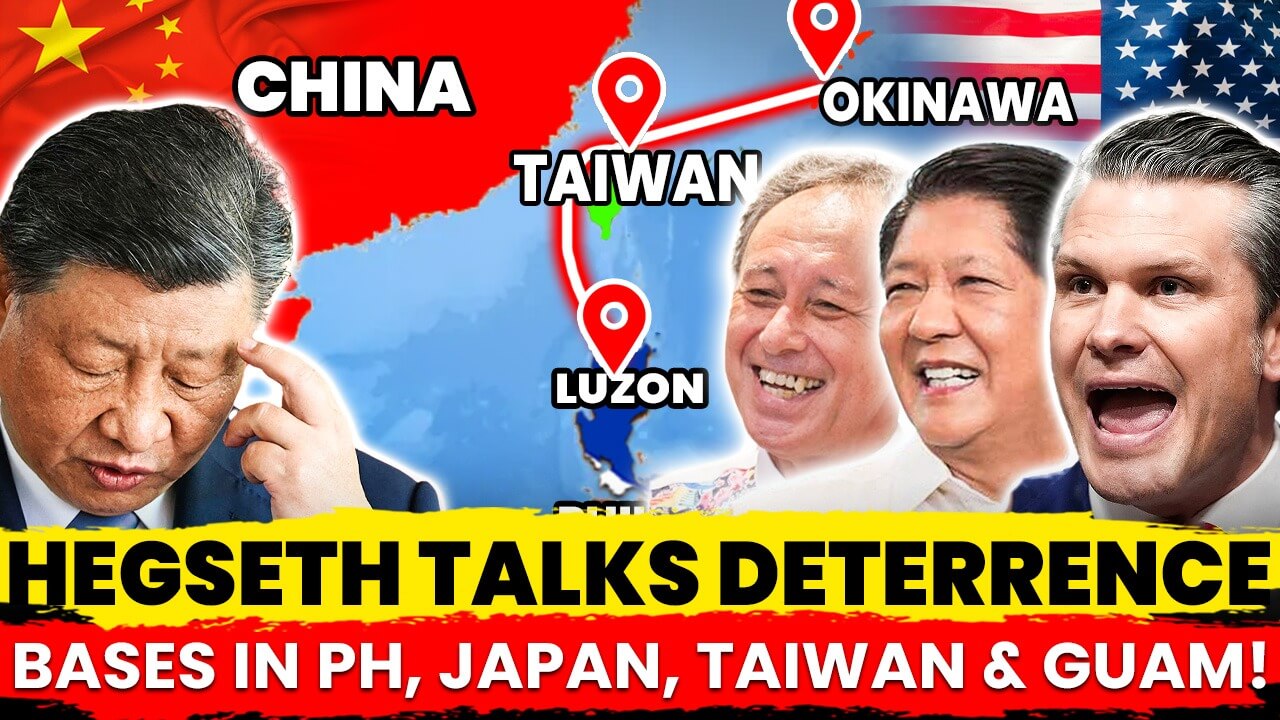Introduction
In 2023, the Philippines was still heavily reliant on fossil fuels, with coal accounting for 78% of its electricity generation. However, the government has been actively working to transition toward cleaner energy sources. The Philippine Energy Plan (PEP) 2020-2040 sets an ambitious goal of achieving a 35% share of renewable energy in the power generation mix by 2040.
Oil and gas exploration plays a critical role in the Philippines’ efforts to diversify its energy sources. The country has significant untapped reserves, especially in offshore areas. By exploring these resources, the Philippines can boost its energy security, reduce dependence on imported energy, stabilize prices, and lower its trade deficit.
The development of domestic oil and gas resources could also have a significant economic impact, by the help of which It could create jobs, attract foreign investments, and generate revenue through taxes and royalties. Additionally, by reducing energy costs—currently among the highest in the region—oil and gas exploration can enhance economic stability.
By 2024, the Philippines made considerable progress in its energy sector. The government has introduced policies to attract foreign investments, including amendments to the Foreign Investment Act, which now allows 100% foreign ownership of domestic enterprises. This move has drawn significant international interest, such as Actis’ $600 million investment in a solar mega project, in partnership with Manila Electric Company (Meralco) and Solar Philippines New Energy Corporation.
Additionally, the Philippines has strengthened its economic ties with Gulf countries, notably Saudi Arabia and the UAE. A landmark energy cooperation agreement was signed, focusing on joint efforts in petroleum, gas, renewable energy, and energy efficiency. This collaboration aims to raise the share of renewables in the Philippines’ energy mix to 50% by 2040.
Oil and gas exploration remains a high priority for the Philippines, with the government committed to sustainable and resilient energy strategies. The economic benefits of these initiatives are expected to be significant, contributing to the country’s long-term growth and supporting its development goals.
Historical Context
Oil and gas exploration in the Philippines has a long history, dating back to 1896 with the drilling of the Toledo-1 well on Cebu Island by Smith & Bell. Exploration expanded significantly between the 1950s and 1970s, under the Petroleum Act of 1949. In 1973, the current Service Contract System was introduced through the Oil Exploration and Development Act of 1972. The first major oil discovery in the country was the Nido oilfield, located in the Northwest Palawan Shelf. Other significant discoveries followed, including the Camago-1 Well in 1989, the West Linapacan field in 1990, and the Malampaya gas field in 1991, which remains the largest gas find in the country.
The Malampaya Gas Field, discovered by Shell Philippine Exploration B.V. and Occidental Philippines in 1991, holds proven reserves of 2.7 to 3.2 trillion cubic feet (Tcf) of natural gas. Production began in 2001, and by 2017, the field had already produced 1.94 Tcf of gas and 75 million barrels of condensate. The gas from Malampaya supplies five power plants in Batangas, providing a cleaner energy source for the Philippines. Other key finds include the Camago-1 Well, which revealed oil and a thick layer of natural gas, and the West Linapacan field, which began production in 1992 but ceased operations in 1996.
However, the oil and gas industry in the Philippines has faced significant challenges. Despite its potential, the industry remains under-explored and underfunded. Security concerns, limited infrastructure, and geopolitical issues, particularly regarding reserves located in disputed areas like the Spratly Islands, have hindered exploration efforts. Additionally, the Philippines still relies heavily on imports for its crude oil and petroleum products due to lower domestic production.
By 2024, new developments were underway. The Department of Energy approved several new areas for exploration, including inland fields and offshore basins such as the northern province of Cagayan, Ragay Gulf in Bicol, offshore Mindoro, the new Palawan block, northern Cebu, and the Cotabato Basin. In another promising development, researchers discovered evidence of gas hydrates in the Manila Trench, estimating that 15,400 square kilometers of the area may contain these substances, which are considered an unconventional energy resource with great potential.
Current Exploration Efforts
The Philippines is actively advancing its oil and gas exploration projects to reduce its reliance on imported fuel. The Department of Energy (DOE) has launched two Pre-Determined Areas (PDAs) for petroleum development, focusing on the Northwest Palawan and Southern Cebu basins. In addition, two PDAs for native hydrogen exploration have been established in Southern Zambales and South Cebu, reflecting the country’s growing interest in alternative energy sources.
Several key areas are central to ongoing exploration efforts. The Malampaya Gas Field, located off the northeastern coast of Palawan, remains a priority. Although its gas reserves are projected to deplete by 2027, efforts are underway to extend the life of this crucial resource. The Northwest Palawan region, 60 kilometers off the northern coast of Busuanga Island and covering 100,000 hectares, is another focus of petroleum exploration. In Southern Cebu, both onshore and offshore areas are being explored for petroleum and native hydrogen. Additionally, despite territorial disputes, the Spratly Islands are viewed as a potential site for future oil and gas exploration.
Technological advancements are playing a critical role in enhancing exploration efforts. The use of digital twins—virtual models of drilling rigs and other assets—helps improve operational efficiency and predict maintenance needs. Wearable technology, such as smart helmets and vests, along with robotics, is being deployed to boost safety and efficiency. Internet of Things (IoT) devices and sensors are being used to monitor operations in real-time, while big data analytics helps process large volumes of information for better decision-making and early problem detection. Automation and artificial intelligence (AI) are also being integrated to streamline operations and reduce costs.
Economic Benefits
The Philippines’ ongoing oil and gas exploration projects have the potential to significantly boost the economy by creating thousands of jobs, increasing government revenue through taxes and royalties, and reducing the country’s reliance on imported energy. These projects have the potential to provide employment opportunities for many Filipinos, helping to lower unemployment and improve livelihoods.
The development of domestic oil and gas resources can stabilize energy prices and decrease the trade deficit. Furthermore, the country’s efforts could attract substantial foreign investment, bring in capital, technology, and expertise, which not only supports the economy but also enhances local skills and knowledge in the energy sector.
Geopolitical and Regional Impact
The Philippines has been actively pursuing regional cooperation and partnerships to strengthen its oil and gas exploration efforts. While joint exploration talks with China have been considered, they remain stalled due to ongoing geopolitical tensions, particularly in the South China Sea. To protect its interests, the Philippines has also been building defense alliances with the U.S. and other security partners, aiming to safeguard its resource exploration in contested areas.
However, the territorial disputes with China over the Spratly Islands and Reed Bank have led to potential conflicts and diplomatic challenges. The Philippines has firmly rejected any joint exploration that does not acknowledge its exclusive rights to these resources, and tensions have escalated, with both countries deploying military assets in the disputed waters.
On a broader scale, the Philippines plays a key role in ASEAN’s energy security efforts. As a member of the ASEAN Centre for Energy (ACE), the country actively contributes to regional energy planning and policy development. The ASEAN Energy Outlook emphasizes the importance of optimizing and decarbonizing the energy sector to ensure access, affordability, efficiency, and security. The Philippines’ focus on developing its own energy resources aligns with ASEAN’s goals of reducing dependence on fossil fuel imports and enhancing regional energy resilience.
Case Studies, Examples and Future Prospects
In 2022, countries like Namibia, Brazil, and Algeria made significant oil and gas discoveries, marking the most valuable finds in a decade. Despite drilling fewer exploration wells, these nations uncovered larger and more promising prospects. Another success story is Cove Energy, which was founded in 2009 and later acquired by Thailand’s PTT Exploration and Production for £1.2 billion. Cove’s strategy focused on building a small, efficient team to identify high-quality exploration opportunities, ultimately leading to its successful divestment.
Several lessons and best practices have emerged from successful oil and gas companies. The 2020 pandemic signified the importance of cost management, highlighting the need for visibility into project expenses and adaptability to demand fluctuations. Additionally, sustainability has become a major focus, with companies adopting practices like waterless fracking and efforts to reduce carbon emissions.
A comparative analysis with similar economies shows that successful companies prioritize integration and quality in their operations, while those that fail often suffer from poor management in these areas. Effective communication and skilled human resources are also critical to the success of exploration projects. Looking at long-term economic impacts, oil and gas discoveries can significantly boost a country’s economy by increasing production, generating revenue, and creating jobs that stimulate local economies.
The potential for sustainable development in the oil and gas sector is growing as innovations like AI-driven operational efficiency and predictive maintenance are increasingly integrated with renewable energy. AI-powered drones and predictive analytics are being used to detect and reduce methane emissions, contributing to environmental sustainability. In exploration, AI algorithms are revolutionizing the industry by accurately predicting oil and gas reserves, reducing the need for costly drilling. Furthermore, AI platforms monitor sensor data for predictive maintenance, optimizing production and extending the lifespan of equipment.
End Note
In essence, the Philippines’ oil and gas exploration efforts hold significant potential for enhancing energy security, boosting economic growth, and reducing dependence on imports. With technological advancements, strategic regional partnerships, and ongoing reforms to attract investment, the country is poised to make substantial progress in the energy sector. However, challenges such as geopolitical tensions and the need for sustainable practices will require careful navigation as the Philippines works to secure a balanced, resilient, and forward-looking energy future.



